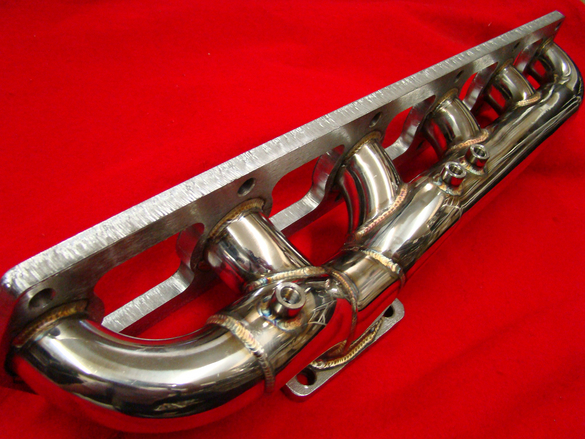Heat, in its self, does not drive the turbine. The reason people believe this is because heat, is a by product of what really drives the turbine, gas velocity, and density.
Lets say you have a manifold and turbo sitting in a room with no air movement. At room temperature, the wheel does not spin. If that room was 1400* you would have the same result.
With tubular manifolds, its not so much you are losing heat, as much as not creating it in the form of turbulence. Log manifolds create a lot of heat, because you have a lot of pulse collisions, slowing the exhaust speed, which hinders the cylinders ability to evacuate the exhaust gas, so you are left with more residual exhaust/heat. That energy unfortunately is being wasted, instead of utilized.
Yeah sorry for the derail man, its still a bit in topic though. In your situation I would still rule out premature waste gate opening first, as this common problem. However if the cause is the divider alone, the minimal amount of additional volume is not the issue, its the turbulence caused by having an open pocket. I've increased manifold volume around 40 times more than that divider is worth and haven't had response issues.
I don't feel this is a pissing match at all, just a wee bit side tracked is all.
Absolutely there is a sweet spot. I haven't looked much into tractor pulling engines, but I won't for second believe they wouldn't benefit from some really well designed manifolds, and log manifolds are anything but that. Not saying you can't make power with a log manifold, its just a good ways from good.




